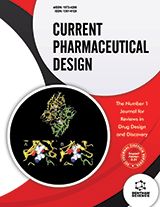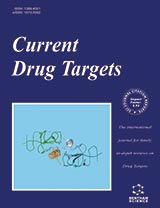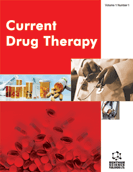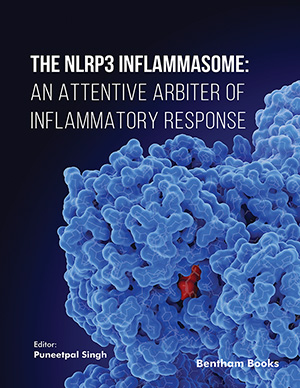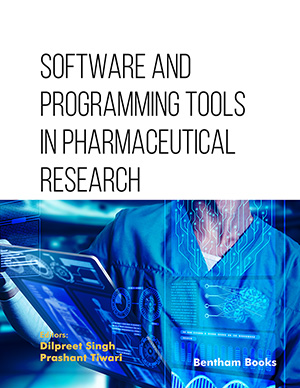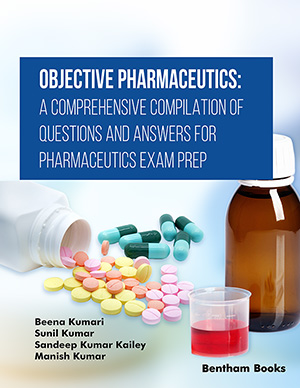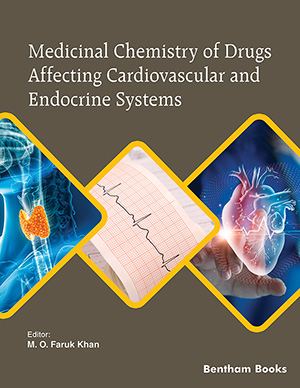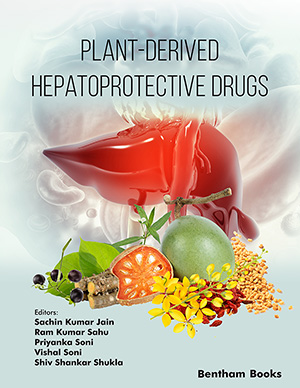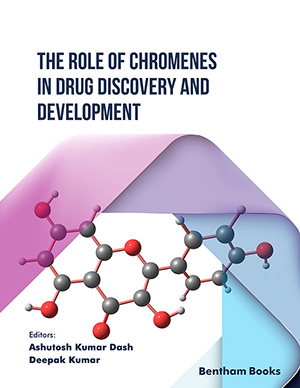Abstract
Nitric oxide (NO) is a reactive radical produced by the enzyme nitric oxide synthase (NOS) and it plays an important role in a large number of biological pathways. NO can be produced under normal physiologic conditions and contribute to homeostasis but, when produced in excess, it may lead to tissue injury and organ dysfunction. The regulation of NOS activity and expression is becoming increasingly understood. NOS enzyme inhibitors as tools to decrease excessive NO synthesis have received the most attention and have been subjected to the greatest experimental study. Compounds that scavenge excessive NO have been developed and have shown promise in a number of experimental models but have received considerably less attention as potential therapeutic agents. In this article, the use of NO scavengers in two conditions in which excessive NO appears to be pathophysiologically significant, shock and sepsis, is reviewed. The relevant biology of NO in these disease states is presented and the therapeutic potential of NO scavengers in clinical care is explored.
Keywords: iNOS, Polyaminocarborylate compounds, hemorrhagic shock, endotoxin, Dithiocarbamate
Current Pharmaceutical Design
Title: Therapeutic Use of Nitric Oxide Scavengers in Shock and Sepsis
Volume: 12 Issue: 27
Author(s): Brian G. Harbrecht
Affiliation:
Keywords: iNOS, Polyaminocarborylate compounds, hemorrhagic shock, endotoxin, Dithiocarbamate
Abstract: Nitric oxide (NO) is a reactive radical produced by the enzyme nitric oxide synthase (NOS) and it plays an important role in a large number of biological pathways. NO can be produced under normal physiologic conditions and contribute to homeostasis but, when produced in excess, it may lead to tissue injury and organ dysfunction. The regulation of NOS activity and expression is becoming increasingly understood. NOS enzyme inhibitors as tools to decrease excessive NO synthesis have received the most attention and have been subjected to the greatest experimental study. Compounds that scavenge excessive NO have been developed and have shown promise in a number of experimental models but have received considerably less attention as potential therapeutic agents. In this article, the use of NO scavengers in two conditions in which excessive NO appears to be pathophysiologically significant, shock and sepsis, is reviewed. The relevant biology of NO in these disease states is presented and the therapeutic potential of NO scavengers in clinical care is explored.
Export Options
About this article
Cite this article as:
Harbrecht G. Brian, Therapeutic Use of Nitric Oxide Scavengers in Shock and Sepsis, Current Pharmaceutical Design 2006; 12 (27) . https://dx.doi.org/10.2174/138161206778343000
| DOI https://dx.doi.org/10.2174/138161206778343000 |
Print ISSN 1381-6128 |
| Publisher Name Bentham Science Publisher |
Online ISSN 1873-4286 |
Call for Papers in Thematic Issues
"Tuberculosis Prevention, Diagnosis and Drug Discovery"
The Nobel Prize-winning discoveries of Mycobacterium tuberculosis and streptomycin have enabled an appropriate diagnosis and an effective treatment of tuberculosis (TB). Since then, many newer diagnosis methods and drugs have been saving millions of lives. Despite advances in the past, TB is still a leading cause of infectious disease mortality ...read more
Current Pharmaceutical challenges in the treatment and diagnosis of neurological dysfunctions
Neurological dysfunctions (MND, ALS, MS, PD, AD, HD, ALS, Autism, OCD etc..) present significant challenges in both diagnosis and treatment, often necessitating innovative approaches and therapeutic interventions. This thematic issue aims to explore the current pharmaceutical landscape surrounding neurological disorders, shedding light on the challenges faced by researchers, clinicians, and ...read more
Emerging and re-emerging diseases
Faced with a possible endemic situation of COVID-19, the world has experienced two important phenomena, the emergence of new infectious diseases and/or the resurgence of previously eradicated infectious diseases. Furthermore, the geographic distribution of such diseases has also undergone changes. This context, in turn, may have a strong relationship with ...read more
Melanoma and Non-Melanoma Skin Cancer Treatment: Standard of Care and Recent Advances
In this thematic issue, we aim to provide a standard of care of the diagnosis and treatment of melanoma and non-melanoma skin cancer. The editor will invite authors from different countries who will write review articles of melanoma and non-melanoma skin cancers. The Diagnosis, Staging, Surgical Treatment, Non-Surgical Treatment all ...read more
 15
15
- Author Guidelines
- Graphical Abstracts
- Fabricating and Stating False Information
- Research Misconduct
- Post Publication Discussions and Corrections
- Publishing Ethics and Rectitude
- Increase Visibility of Your Article
- Archiving Policies
- Peer Review Workflow
- Order Your Article Before Print
- Promote Your Article
- Manuscript Transfer Facility
- Editorial Policies
- Allegations from Whistleblowers
- Announcements
Related Articles
-
Diabetes Mellitus: Channeling Care through Cellular Discovery
Current Neurovascular Research Chinese Medicinal Herbs as Source of Antioxidant Compounds – Where Tradition Meets the Future
Current Medicinal Chemistry Recent Advances in Methods of Puerarin Biotransformation
Mini-Reviews in Medicinal Chemistry Mesenchymal Stem Cells: A Good Candidate for Restenosis Therapy?
Current Vascular Pharmacology Current Concepts Underlying Benefits of Exercise Training in Congestive Heart Failure Patients
Current Cardiology Reviews Preoperative Plasma Aldosterone Levels and Postoperative Atrial Fibrillation Occurrence Following Cardiac Surgery: A Review of Literature and Design of the ALDO-POAF Study (ALDOsterone for Prediction of Post-Operative Atrial Fibrillation)
Current Clinical Pharmacology Melatonin as Antioxidant Under Pathological Processes
Recent Patents on Endocrine, Metabolic & Immune Drug Discovery The Long Way to Objectify Organ Damage Related to Cocaine Abuse: Oxidative Stress is the Main Culprit
Mini-Reviews in Organic Chemistry Soluble Epoxide Hydrolase Inhibitors and their Potential for Treatment of Multiple Pathologic Conditions
Current Medicinal Chemistry When Cells Become a Drug. Endothelial Progenitor Cells for Cardiovascular Therapy: Aims and Reality
Recent Patents on Cardiovascular Drug Discovery Phytochemical-Mediated Glioma Targeted Treatment: Drug Resistance and Novel Delivery Systems
Current Medicinal Chemistry Trimetazidine: Does it Actually Reduce QT Dispersion After First Acute Myocardial Infarction?
Current Drug Therapy A Review on Hematopoietic Stem Cell Treatment for Epilepsy
CNS & Neurological Disorders - Drug Targets Subretinal Transplantation of Rat MSCs and Erythropoietin Gene Modified Rat MSCs for Protecting and Rescuing Degenerative Retina in Rats
Current Molecular Medicine Is the Therapeutic Potential of Stem Cells for Myocardial Regeneration Limited by Proarrhythmic Effects?
Current Cardiology Reviews Hypoxia Inducible Factor-1α, Endothelial Progenitor Cells, Monocytes,Cardiovascular Risk, Wound Healing, Cobalt and Hydralazine:A Unifying Hypothesis
Current Drug Targets Role of the Decreased Nitric Oxide Bioavailability in the Vascular Complications of Diabetes Mellitus
Current Pharmaceutical Biotechnology Neuroprotection by Diazoxide in Animal Models for Cerebrovascular Disorders
Vascular Disease Prevention (Discontinued) The Role of Macrophage Migration Inhibitory Factor in Critical Illness
Mini-Reviews in Medicinal Chemistry Editorial (Thematic Issue: What's Behind the Sex Gap in Cardiovascular Mortality?)
Current Pharmaceutical Design


